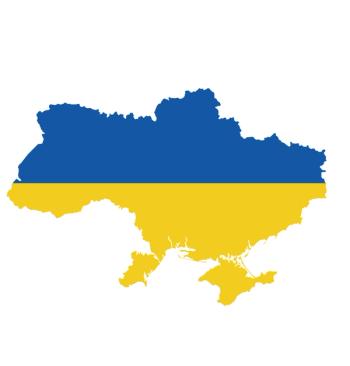
Children and the Holocaust
The grief that the Shoah brought to its victims would make its reappearance even at happy times long afterwards.
The grief that the Shoah brought to its victims would make its reappearance even at happy times long afterwards.
When I was 7, I remember walking with my father on a Sunday afternoon (in Lodz, Poland) when a man, some years younger than my father came running across the street to hug him. “Avram,” he called. He quickly and warmly introduced himself to me. “Your father saved my life. I was only 14 when he took me with him and the others into the bunker in that paved over little brook that had become the sewer, the ‘brucke.’”
After he left, I noticed my father had tears in his eyes; he knew I needed an explanation: “He was the youngest I could help save,” my father said and squeezed my hand.
We walked on as the day grew late, far more subdued.
I know he and my mother, who worried till the end of her life, “In 50 years no one will believe it ever happened,” would each find a measure of meaning from these articles and the exhibition being presented by the United Nations. Remembering and sharing. . . even sadness, can be a consolation, a way of bearing for otherwise unspeakable loss.
See also:
***
Three exhibitions on the Holocaust will open to the public in the Main Gallery of the Visitors Lobby, as part of a week-long series of Holocaust remembrance activities at the United Nations.
The Face of the Ghetto: Pictures Taken by Jewish Photographers in the Lodz Ghetto (Litzmannstadt Ghetto), 1940-1944 The exhibit presents new photographs of community life in the Lodz Ghetto, taken by Jewish inhabitants.
While researching in the National Archives in Lodz, historian Dr Ingo Loose and curator Dr Thomas Lutz came across 27 photo albums; inside were about 12,000 contact prints in small format, sorted thematically and taken by Jewish photographers at the request of the ghetto's Jewish Council. This collection of images - accessible to the public for the very first time - shows a decisive step in the persecution of Jews in the Lizmannstadt Ghetto.
A Monument of Good Deeds: Dreams and Hopes of Children during the Holocaust. Curated by Yad Vashem, The Holocaust Martyrs' and Heroes' Remembrance Authority, it features the stories of 13 children during the Holocaust. Through their portraits, toys and artwork, visitors to this exhibition will learn how these children lived their daily lives as the war was raging around them.
Holocaust: Keeping the Memories Alive. The 16 top entries of the Design Student Poster Contest. The exhibition is supported by the Task Force for International Cooperation on Holocaust Education, Remembrance and Research (ITF) and held in partnership with Yad Vashem, le Memorial de la Shoah, the European Shoah Legacy Institute and the UN Holocaust Programme.
Where: United Nations Headquarters, Visitors Lobby, Main Gallery, New York
Sponsored by
Holocaust remembrance activities at the United Nations are led by the Holocaust and the United Nations Outreach Programme of the Department of Public Information. The Programme, as established by General Assembly resolution 60/7, aims to mobilize civil society for Holocaust remembrance and education, in order to help prevent future acts of genocide.
Press Release
Holocaust and the United Nations Outreach Programme
2012 Calendar of Holocaust Remembrance Events
Newsletter
Receive trusted psychiatric news, expert analysis, and clinical insights — subscribe today to support your practice and your patients.




